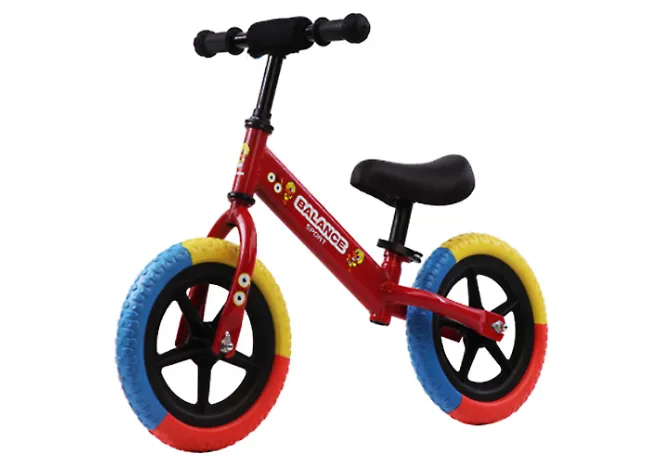
- Afrikaans
- Albanian
- Amharic
- Arabic
- Armenian
- Azerbaijani
- Basque
- Belarusian
- Bengali
- Bosnian
- Bulgarian
- Catalan
- Cebuano
- Corsican
- Croatian
- Czech
- Danish
- Dutch
- English
- Esperanto
- Estonian
- Finnish
- French
- Frisian
- Galician
- Georgian
- German
- Greek
- Gujarati
- Haitian Creole
- hausa
- hawaiian
- Hebrew
- Hindi
- Miao
- Hungarian
- Icelandic
- igbo
- Indonesian
- irish
- Italian
- Japanese
- Javanese
- Kannada
- kazakh
- Khmer
- Rwandese
- Korean
- Kurdish
- Kyrgyz
- Lao
- Latin
- Latvian
- Lithuanian
- Luxembourgish
- Macedonian
- Malgashi
- Malay
- Malayalam
- Maltese
- Maori
- Marathi
- Mongolian
- Myanmar
- Nepali
- Norwegian
- Norwegian
- Occitan
- Pashto
- Persian
- Polish
- Portuguese
- Punjabi
- Romanian
- Russian
- Samoan
- Scottish Gaelic
- Serbian
- Sesotho
- Shona
- Sindhi
- Sinhala
- Slovak
- Slovenian
- Somali
- Spanish
- Sundanese
- Swahili
- Swedish
- Tagalog
- Tajik
- Tamil
- Tatar
- Telugu
- Thai
- Turkish
- Turkmen
- Ukrainian
- Urdu
- Uighur
- Uzbek
- Vietnamese
- Welsh
- Bantu
- Yiddish
- Yoruba
- Zulu
Nov . 11, 2024 23:36 Back to list
how to fix a front derailleur on a mountain bike
How to Fix a Front Derailleur on a Mountain Bike
The front derailleur is a crucial component of your mountain bike's drivetrain system, enabling smooth shifting between the front chainrings. If you find that your bike isn’t shifting properly or it’s making strange noises, it might be time to fix or adjust the front derailleur. In this article, we’ll walk you through the steps necessary to troubleshoot and rectify common issues.
Understanding the Front Derailleur
Before diving into repairs, it’s important to understand how the front derailleur functions. It is mounted near the bottom bracket and is responsible for guiding the chain between the front chainrings. The derailleur moves side-to-side by a cable that is controlled by the shifter located on the handlebars.
Tools You’ll Need
Before starting the process, gather these tools - A multi-tool or a separate Phillips screwdriver - A 5mm Allen wrench (if needed for your derailleur) - A chain checker or ruler (for checking chain wear) - Lubricant (for chain and derailleur pivots) - Cleaning cloth
Step-by-Step Guide to Fixing Your Front Derailleur
1. Inspect the Derailleur Begin by visually inspecting your front derailleur. Check for any signs of damage, misalignment, or dirt buildup. The derailleur cage should sit parallel to the chainrings and should be positioned at about 1-3mm above the chain when in the smallest chainring.
how to fix a front derailleur on a mountain bike

2. Adjust the Limit Screws The front derailleur has two limit screws the low limit (for the small chainring) and the high limit (for the large chainring). - To adjust these, shift to the smallest chainring and ensure the derailleur does not allow the chain to drop off the inside. If it does, tighten the low limit screw (marked with an L). - Next, shift to the largest chainring. Again, check that the chain does not drop off the outside. If it does, adjust the high limit screw (marked with an “H”).
3. Cable Tension Setup After the limit screws are set, check the cable tension. If the cable is too loose, the derailleur may not shift adequately. To increase tension, loosen the bolt that secures the cable, pull it tight, and re-tighten the bolt. It’s essential to have some resistance, but not so much that the derailleur cannot shift across the chainrings.
4. Alignment Check Confirm that the derailleur is aligned properly. It should be parallel to the chainrings and at the correct height. If the derailleur is misaligned, slightly loosen the mounting bolt and adjust its position accordingly.
5. Lubrication Apply a small amount of lubricant to the pivots and the chain to ensure smooth movement. Avoid over-lubricating, as excess can attract dirt.
6. Test Shifting Once adjustments are made, test the bike on a flat surface. Shift through the gears, both up and down, to see if the derailleur performs correctly. Pay attention to any unusual noises, slippage, or failure to shift entirely. Minor adjustments can often be made on-the-fly to fine-tune performance.
7. Final Checks After testing, double-check all screws to ensure nothing has come loose and that the derailleur remains properly aligned.
Conclusion
Fixing a front derailleur requires patience and attention to detail, but it is manageable even for those new to bike maintenance. Regular checks and adjustments will not only enhance your riding experience but will also prolong the lifespan of your components. If, after troubleshooting, you still experience issues, consider consulting a professional mechanic. Keeping your bike in optimum condition means you can tackle any trail with confidence!
-
The Ultimate Kids' Four-Wheeler Experience
NewsJul.09,2025
-
The Ultimate Guide to Mountain Bikes: Gear Up for Your Ride
NewsJul.09,2025
-
The New Age of Cycling: Electric Bikes for Every Rider
NewsJul.09,2025
-
The Best Kids Bicycles: Ride in Style and Safety
NewsJul.09,2025
-
The Best 3-Wheel Scooters for Kids: Fun, Safety, and Adventure
NewsJul.09,2025
-
Revolutionize Your Ride: Affordable Electric Bikes
NewsJul.09,2025
-
Finding the Perfect Mountain Bike for Every Rider
NewsJul.09,2025



